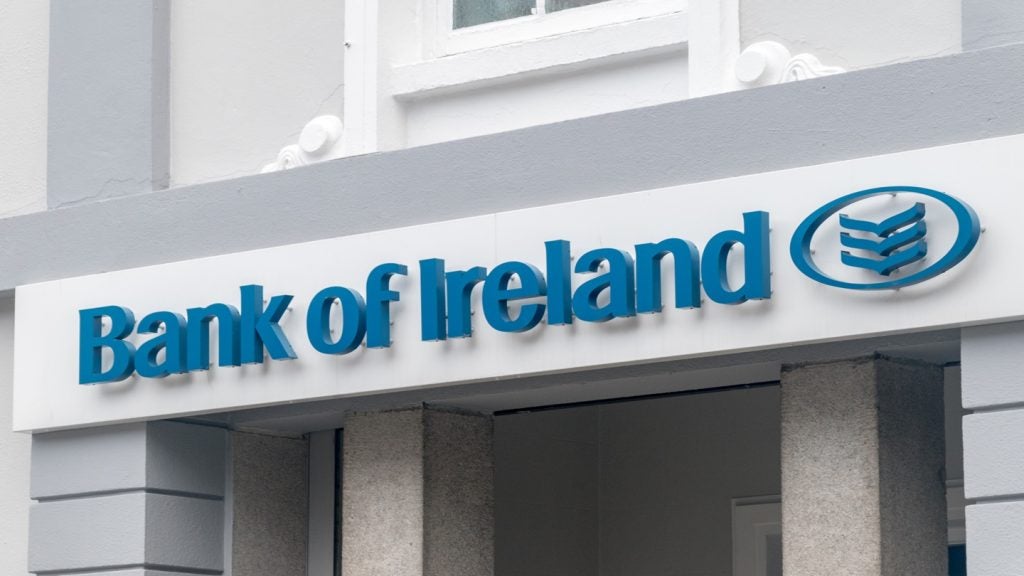In association with Finastra

In a few short years, banking and the way we access its services has undergone a huge transformation. Advancements in technology, such as mobile applications, voice recognition, and artificial intelligence, have paved the way for this shift. They have redefined the customer banking experience and continue to drive change in the overall efficiency and effectiveness of banking processes.
But while customer experience may have monopolized the spotlight to begin with, the way business and commercial banks position themselves has attracted growing focus. A recent report by leading financial technology solutions provider Finastra, examined current banking business models today, and how they expected to be positioned in 2025. The report aims to better understand the changes that corporate banks must now implement to meet those expectations and remain relevant to customers.
Rethinking the relationship model
The positioning of banks is categorized into three core models:
- Product provider – providing high-volume and low margin products
- Relationship builder – establishing wider-banking relationships with clients
- Platform player – utilizing platforms to leverage market opportunity
Though all of these models are key to successful business operations and banks may favour multiple models, the majority of banks will lean more towards one of these three directions.
According to Finastra’s report ‘Beyond the traditional relationship model: transitioning to digitally powered, end-to-end, platform-driven corporate banking,’ one of the biggest changes to come is the move away from the relationship builder approach, previously a mainstay in client management, towards becoming key platform players. Why is this? Well, most banks have already recognized the change in client needs, which now also focus on digital-first banking. Banks need a business model that allows them to innovate digital solutions more quickly in order to keep growing their key businesses.
Banks were asked what the priorities of their corporate customers are now, and then what they expect those priorities to be by 2025. Respondents indicated that in the future, account and relationship management will take up less focus than it does today, with value added services predicted to take up more. Online banking portals, meanwhile, remain a top priority.
Today’s priority rating
1 Online banking portals
2 Range of products and services
3 Account/relationship management
4 Value add services
5 Real-time access and execution
2025 priority rating
1 Online banking portals
2 Value add services
3 Real-time access and execution
4 Range of products and services
5 Account/relationship management
FinTech insight
However, this transition from traditional relationship builders to platform players won’t eradicate the need for relationship managers. Conversely, the shift should allow them further opportunity to build on relationships by delivering fast, accurate and flexible solutions for customers, thanks to improved access to more relevant data.
It will, however, impact business focus over the next four years. Finastra’s report closely explores what this change means for corporate banks’ client-services strategies over that time, as well as the role technology will play in the transition and the challenges they may face. While digital transformation will drive the change in how corporate lenders position themselves, there are a number of barriers banks must overcome.
According to Veena Rao, Vice President and Business Head for Connected Corporate Banking and Corporate Channels at Finastra, many organizations will need the assistance of FinTech partners in order to face down these obstacles and meet their desired outcomes. “We are talking here about large-scale changes to banks’ operations and ways of working, built on the very latest technological developments, that need to happen quickly and efficiently if they are to provide clients with the ability to self-serve, across channels, in a compliant way and at any time of the day,” Rao explains.
“Many banks simply don’t have the skills and resources to do that. As our research reveals, it’s no surprise that most banks are already partnering or planning to partner with FinTechs to achieve their transformation goals.”
According to Finastra’s research, 75% of banks are either already engaged with or planning to engage a FinTech partner to help them access the required expertise and capabilities needed to remain relevant and able to fulfil evolving expectations.
Partners in success
What is clear from Finastra’s report is that the banking landscape we see today looks set to be very different by 2025. With client needs constantly changing, banks must begin implementing new strategies now or risk becoming irrelevant.
Banks across the core lines of business are more focused on becoming platform players, but to successfully make this transition, many will need a trusted, flexible and authoritative partner to help them implement digital transformation that delivers a fully end-to-end solution and meets customer expectations in the process.
“The cost of tech is prohibitive for many, but large platforms provided by FinTechs can enable fast innovation through relatively small investment,” says Rao. “That really is the definition of disruption – taking something that was time-consuming and expensive, and making it relatively easy.
“We know that banks also need to future-proof their transition as they ready themselves for greater levels of open banking. FinTechs can facilitate change quickly but they can also deliver solutions that can be upgraded in a modular way, without the need to start again from scratch every time.
“Finally, partnering with FinTechs can help banks manage the regulatory and data security pressures they face, as they manage integration with existing systems and ensure standardization across the whole business.”







